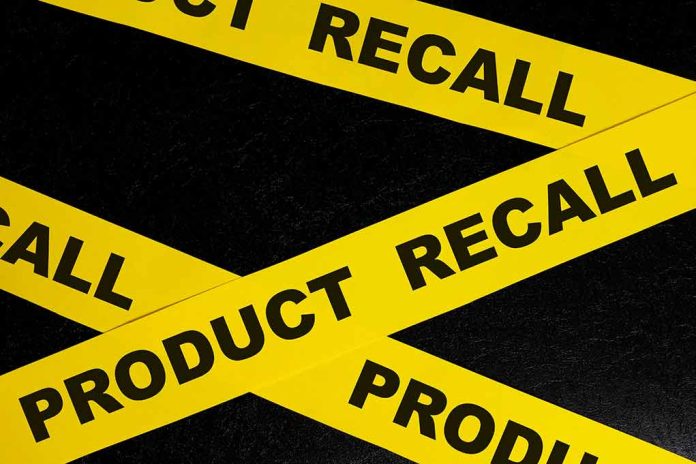
Recurring food safety recalls amid E. coli and listeria outbreaks spotlight critical flaws in U.S. food protection systems.
At a Glance
- Significant increase in national food recalls from 2020 to 2024, over 20% growth.
- California leads in food recalls as the largest food producer.
- The FDA regulates most of the U.S. food supply, but recalls persist due to allergen and bacterial contamination.
- Recent outbreaks have prompted extensive recalls and pushed for stricter regulations.
Rising Food Safety Concerns
Food safety in the U.S. is under severe scrutiny due to increasing E. coli and listeria outbreaks, leading to an uptick in recalls. Analysis of FDA and USDA data from 2020 to 2024 highlights this worrying trend, with recalls climbing from 454 in 2020 to 547 in 2023. This 20% increase suggests an urgent need to address vulnerabilities in the food safety systems that should protect consumers from contamination.
California, the nation’s largest food producer, had the highest number of recalls, accounting for over 16% of national figures. Allergen contamination led the recall reasons, responsible for nearly 40% of product safety alerts, with bacterial infestation causing another 21%. Foreign object contamination also contributed significantly, underscoring the multifaceted challenges facing our food safety infrastructure.
Regulatory Responsibilities and Challenges
The FDA, covering 78% of the U.S. food supply, plays a crucial role but faces challenges with non-meat products. Total recalls surged in 2024, with August setting a stark record primarily due to the classification of typical cases like Class I recalls. Products targeting allergen mislabeling, notably driven by requirements like sesame labeling under the Food Allergy Safety Act, highlight the administrative hurdles in safeguarding public health.
“There’s no crystal ball that will ever keep us (at) 100% protection just because of the nature of food that we eat and where it’s coming from,” says Brian Schaneberg, executive director of the Institute for Food Safety and Health at Illinois Tech.
Some notable recalls include Boar’s Head with its 7.1 million-pound meat recall due to E. coli, tragically responsible for infections and deaths. Similarly, McDonald’s faced E. coli concerns linked to raw onions in Quarter Pounders, illustrating persistent vigilance needs. Recent recalls, covering products such as frozen waffles for listeria risk, stress the constant pressure on stakeholders to ensure food safety compliance.
Reforms and Future Outlook
Reforms are in motion, driven by acts like the Food Safety Modernization Act of 2011, which ushered in technological improvements and enhanced screening procedures. By 2026, companies must adhere to new record-keeping standards for products listed in the Food Traceability List. Experts, including University of Florida’s Keith Schneider, advocate for more robust regulatory measures to curtail such outbreaks and protect consumers.
Advanced DNA testing and better data-sharing practices show promise in tackling these outbreaks with increased speed and precision. The Centers for Disease Control and Prevention (CDC) plays a pivotal role, coordinating multistate outbreak responses and working closely with public health authorities to mitigate risks and safeguard American consumers’ health in the long run.





